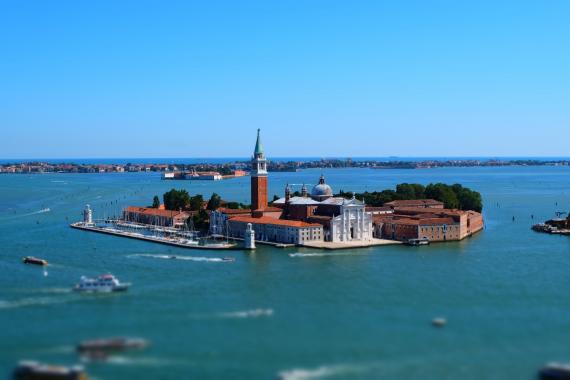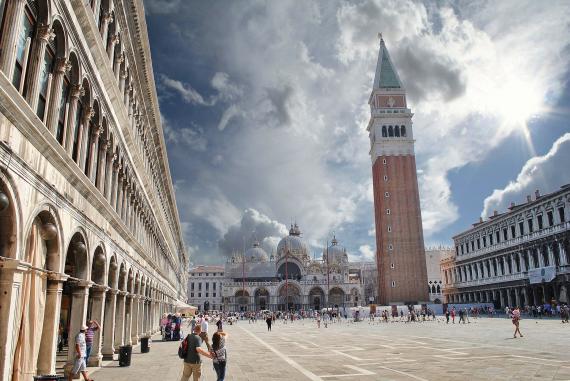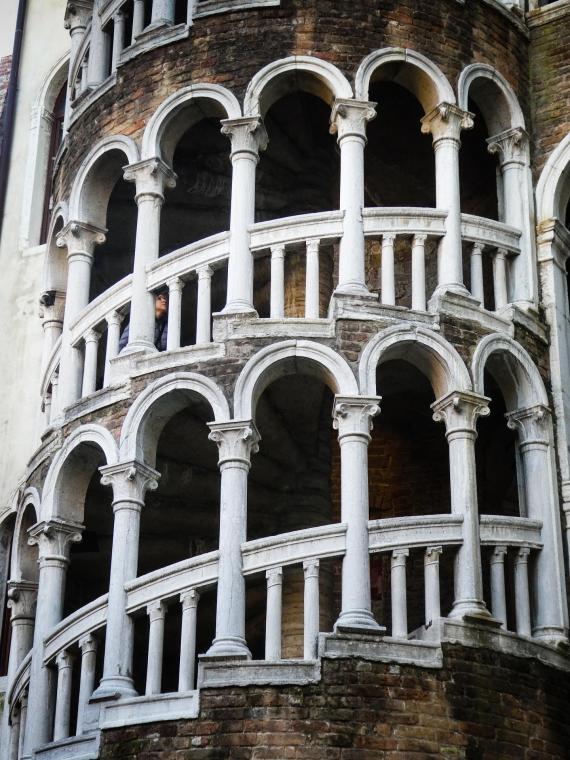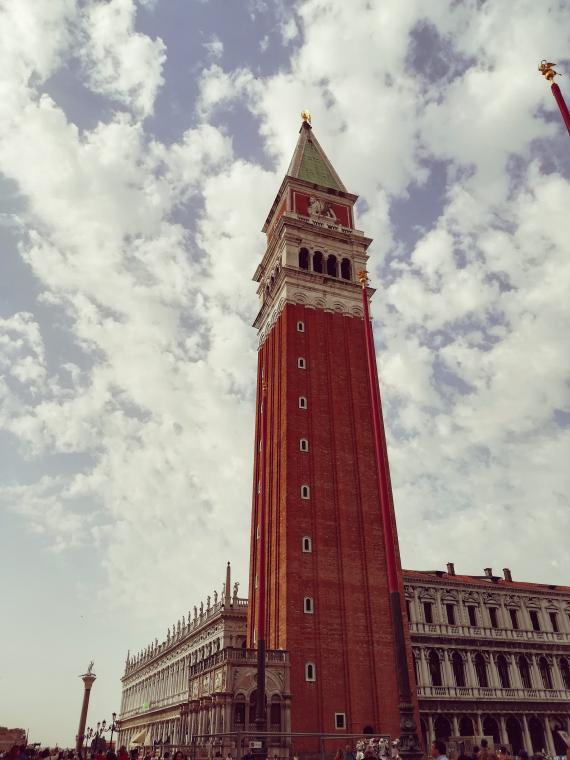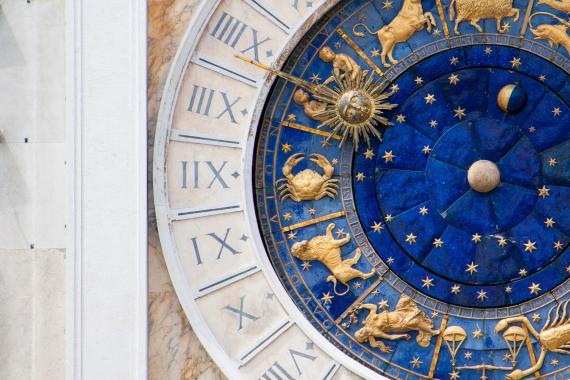Saverio Costanzo’s movie In memoria di me, completely shot at San Giorgio, gave their viewers the feeling of limitless spaces in a limited place.
Explore Venice's Must-See Attractions: this comprehensive guide covers the city's main points of interest, from historic buildings and ancient palaces to its famous bridges and streets. Each entry is enriched with informative details about their history, artistic significance, and unique curiosities. Additionally, you'll find a curated selection of photos and practical information to help you easily locate and visit these sites in the city.
Symbol of the city and always center of its public life, the very famous Saint Mark’s Square, the only square in Venice (all the others are called “campi”) is the result of a long process of adaptation to the functional and representative needs of Venetian community. Almost a rectangular shape, the square’ background are Saint Mark’s Basilica and the isolated bell tower, the highest in the city.
Secluded by its small courtyard, at the end of a narrow street near Campo Manin, rises gracefully the Scala Contarini del Bovolo, an eccentric external spiral staircase (“bovolo” in venetian) and great example of transition from the Gothic style to the Renaissance art in Venice. From the top of it you can enjoy an amazing and unusual view of roofs, chimneys and bell towers, as you were on a noble Venetian turret.
The campanile of St. Mark’s is an huge square plan tower about 99 metres high, crowned by a spire that was once a lighthouse for shipping. It is the prototype of all the campaniles of the lagoon area.
After being closed for restoration during the last two years, the Clock Tower is finally given back to venetians and it's ready to continue beating the hours in Saint Mark's square from its dominating position at the entrance of Mercerie. The Clock Tower is one of the most important symbols of Saint Mark's Square. Ruling at the apex of the clock tower are the Giants (one young and one old, showing the passage of time) who bang out the hours with their hammers. They have blackened over the years and are now known as the "Mori".

